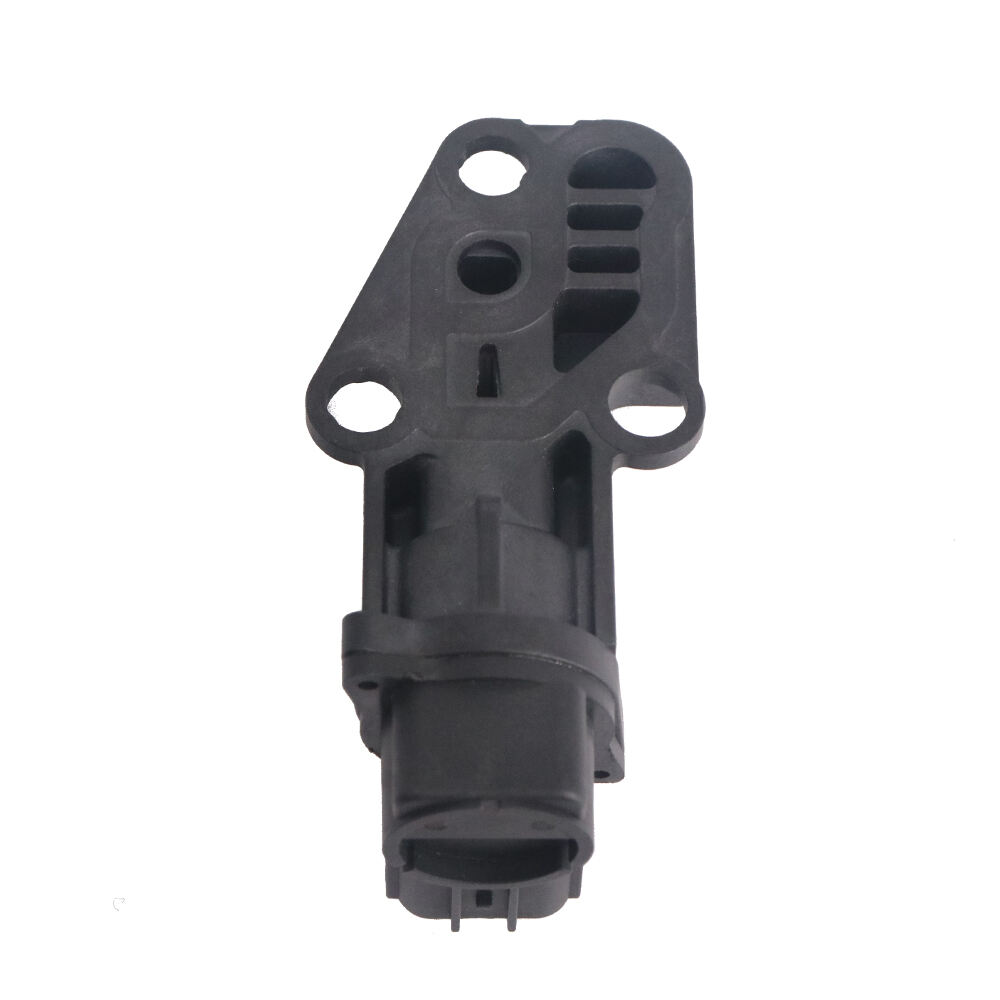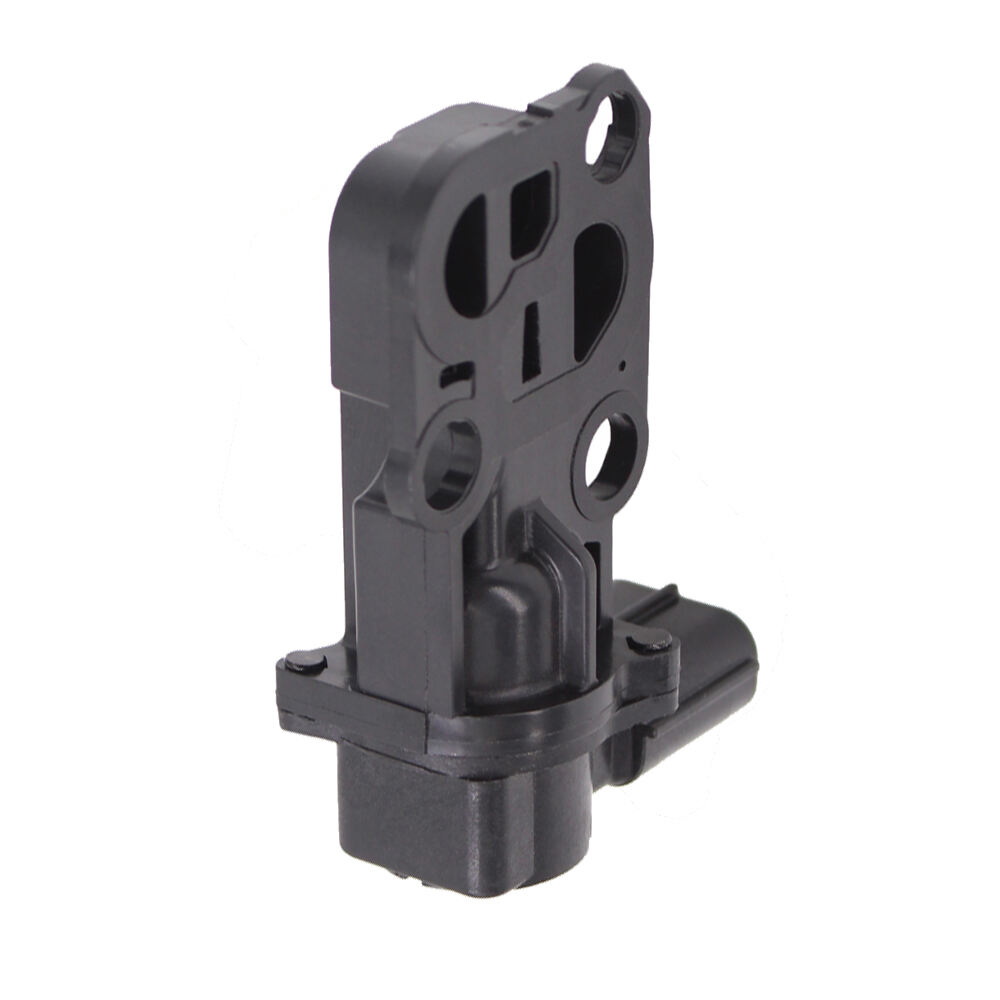car temperature sensors price
Car temperature sensors, essential components in modern vehicles, come with varying price points that reflect their quality and functionality. These crucial devices monitor engine temperature, cabin climate, and various system temperatures to ensure optimal vehicle performance. Typically ranging from $20 to $200, the price depends on factors such as sensor type, brand reputation, and technological sophistication. Basic temperature sensors focus on engine coolant temperature monitoring, while advanced models offer multiple temperature zone monitoring, digital displays, and smartphone connectivity. The investment in quality temperature sensors helps prevent engine damage, optimize fuel efficiency, and maintain comfortable cabin temperatures. Professional-grade sensors often include features like faster response times, higher accuracy ratings, and enhanced durability. These sensors communicate with the vehicle's engine control unit (ECU) to maintain ideal operating temperatures and trigger warning systems when necessary. The market offers options for different vehicle makes and models, with universal sensors available for custom applications. Installation complexity varies, with some sensors requiring professional installation while others are designed for DIY replacement. The price also reflects warranty coverage, with premium sensors often backed by longer guarantees and technical support.


